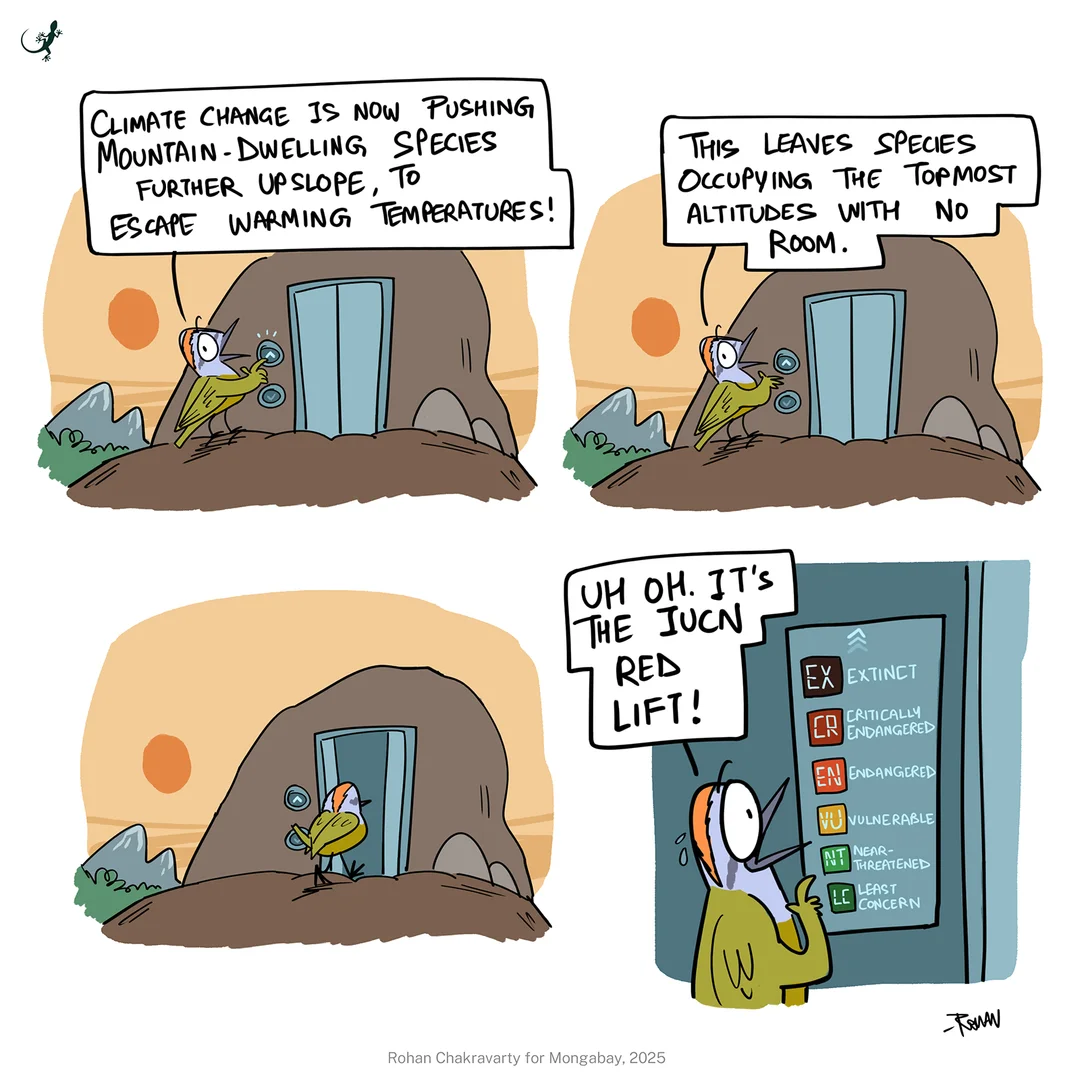
The Elevator to Extinction: A Dire Warning for Our Feathered Friends
As climate change accelerates, montane species are facing an unprecedented challenge: a hostile environment pushing them upslope. With each passing year, temperatures rise, forcing birds and other wildlife inhabiting the highest altitudes to retreat to even loftier peaks. But what happens when there is no higher ground left? This alarming trend not only threatens individual species but could unravel entire ecosystems, leading to devastating consequences.

Many bird species, accustomed to the chilly embrace of high altitudes, find themselves caught in a tightening vise. As the climate shifts, these avian inhabitants are losing their habitats at an alarming rate. The implications are profound; species that have thrived for centuries may soon find themselves on the brink of extinction.
The current situation serves as a striking reminder of the complex interdependencies within ecosystems. For instance, high-altitude birds often play critical roles in pollination and pest control, activities that are vital for the overall health of their environments. If these birds disappear, the ripple effects could lead to a drastic decline in plant diversity, which in turn may impact other wildlife species that rely on those plants for food and shelter.
Furthermore, the concept of the 'elevator to extinction' encapsulates the urgency of this crisis. With nowhere else to rise, many montane species may become the first casualties of climate change’s relentless march—a dire fate as the world watches and waits. Conservationists and scientists alike are calling for immediate action to protect these vulnerable species. As awareness grows, so too does the hope that sufficient resources will be allocated to their preservation.
This pressing issue compels us to consider our role in this ecological drama. As advocates for wildlife, it is paramount that we raise our voices, educate others, and support conservation efforts aimed at safeguarding these remarkable creatures. Let us not wait until it’s too late—not just for the birds, but for the balance of nature itself.
In conclusion, the plight of montane birds is a clarion call for action against climate change. What steps are we willing to take to prevent further extinction and protect our planet's biodiversity? Share your thoughts and join the discussion!